News & Updates
31 January 2017
How NGOs and Aid Agencies Can Protect Themselves from Infrastructure Failure
Innovative Hybrid Solutions by Talia Hybrid solutions are nothing new in the telecommunications industry. The need for redundancy and backup solutions to ensure business continuity have existed since the early days. Normally done by duplicating capacity and infrastructure from additional providers, these solutions were often limited to governments and companies with the cash flow to afford them and the infrastructure to support it.
read more30 January 2017
Vaccination in DRC: solar fridges that save lives by B Medical Systems
In the remote south-east of the Democratic Republic of Congo illness stricken areas suffer on a regular basis from health epidemics. For many, few resources are available to contain the illnesses that pass through and therefore leave vaccinations as the only option. The introduction of a solar fridge has allowed the people of south-east DRC the convenience and reassurance of available and timely vaccinations.
read more30 January 2017
Air Partner and Envirotainer respond to the Ebola crisis
Air Partner and Envirotainer worked closely to implement a process to organize charter aircraft shipments on a regular basis. The first shipment with Envirotainer’s RAP e2 container transported temperature sensitive medical supplies to Freetown, Sierra Leone. Richard Smith, Director for Freight at Air Partner comments: “The humanitarian response is facing a massive task trying to tackle Ebola in West Africa. Air Partner has been working with a number of agencies to provide air charters in very challenging circumstances.
read more30 January 2017
Boosting the smallholder economy: Netafim Advancing UN SDGs
The recently published UNDP Human Development Report for 2015 identifies “sustainable work, which promotes human development while reducing and eliminating negative side effects and unintended consequences, as a major building block of sustainable development.” This is what UN SDG Number 8* is all about: economic growth underpinned by the availability of meaningful work in a positive labor environment. That brings us back to drip irrigation solutions.
read more30 January 2017
Lifting Standards of the Cold Chain: Sure Chill Technology
An effective cold chain is essential to the safe delivery of vaccines. However many developing countries have inadequate cold chains; effective temperature-control mechanisms for the transport, storage and handling of vaccines are not in place. Approximately $750 million worth of vaccines are lost annually due to improper refrigeration in these countries, that’s around 151 million doses of vaccine.
read more30 January 2017
Technological Innovations Improving Livelihoods
This year’s Aid and Development Africa Summit is fast approaching! The Summit, which is due to be held between 28th February and 1st March in Nairobi, Kenya will provide stakeholders with an opportunity to engage in debate and knowledge exchange about topical development matters. The 2nd Aid & Development Africa Summit will focus on improving aid delivery and development strategy, with an emphasis on technological innovations and their impacts on aid and development in East Africa.
read more17 January 2017
Call for Apps Supporting Sustainable Development Goals in Africa
A new competition launched to find innovative apps that support humanitarian aid and development in Sub-Saharan East Africa. An opportunity to showcase your app at the “Planet of the Apps”, part of the 2nd annual Aid & Development Africa Summit 2017 in Nairobi, Kenya. Apply now at marketing@aidforum.org
read more16 January 2017
Ministry of ICT Kenya to give keynote address at Aid & Development Africa Summit in Nairobi
With Aid & Development Africa Summit fast approaching, Aid & International Development Forum (AIDF) is excited to share the agenda and recently confirmed speakers, who will deliver invaluable insight into technological innovations and best practice to improve aid delivery and development strategy in sub-Saharan East Africa. Sammy Itemere, Principal Secretary of the Ministry of Information, Communications & Technology of Kenya, will deliver an opening keynote address at the Summit taking place on 28 February - 1 March 2017 at the Safari Park Hotel in Nairobi, Kenya.
read more03 January 2017
Strengthen African health systems to help achieve SDGs
[ by Ochieng' Ogodo, SciDev.Net ] Critical challenges in the coverage of key health services in Africa should be addressed to help the continent achieve the SDGs, a forum has heard. According to the first regional forum in Africa on strengthening health systems for universal health coverage and achieving the SDGs, which was held in Namibia this month (12-13 December), Africa has only three per cent of the global health workforce despite bearing 24 per cent of the global disease burden. Matshidiso Moeti, director of WHO Regional Office for Africa, told the more than 240 participants that despite increased...
read more21 December 2016
[infographic] Infrastructure Resilience: Education in sub-Saharan Africa
The recent Aid & International Development Forum (AIDF) infographic provides a snapshot of the current state of education in sub-Saharan Africa. World Bank data shows that the global average pupil-teacher ratio is 24:1, in sub-Saharan Africa, however, the ratio is 42:1 and in Kenya the situation is even worse, with one teacher to every 57 pupils. Sub-Saharan Africa continues to fall behind other developing regions regarding educational attainment, despite recent progress in enrolment.
read more20 December 2016
Mobile money services are helping thousands of Kenyans escape poverty
A new study has revealed that access to mobile money services has lifted 194,000 Kenyan households out of extreme poverty. Interestingly, female-headed households saw far greater increases in consumption than male-headed households. Previous studies have looked into the social impacts of Kenyan mobile money services, which allow users to store and exchange monetary values via mobile phone, and have highlighted the ways in which such services can help people save money and weather financial storms.
read more19 December 2016
[infographic] Infrastructure Resilience: Disasters & Development Assistance in sub-Saharan Africa
Today, the world is facing unprecedented crises and growing challenges. A total of 574 disasters were reported in 2015 alone, 116, or 20 percent, of which occurred in Africa. These disasters affected 108 million people globally, 31 million (29 percent) in Africa alone. In 2015, 32,550 people were killed as a result of disasters, compared to 14,389 in 2014. In addition, the total amount of disaster estimated damage in 2015 was almost US$ 70.3 million. 2015 was the hottest on record, with 32 major droughts across the world, which is double the ten-year average.
read more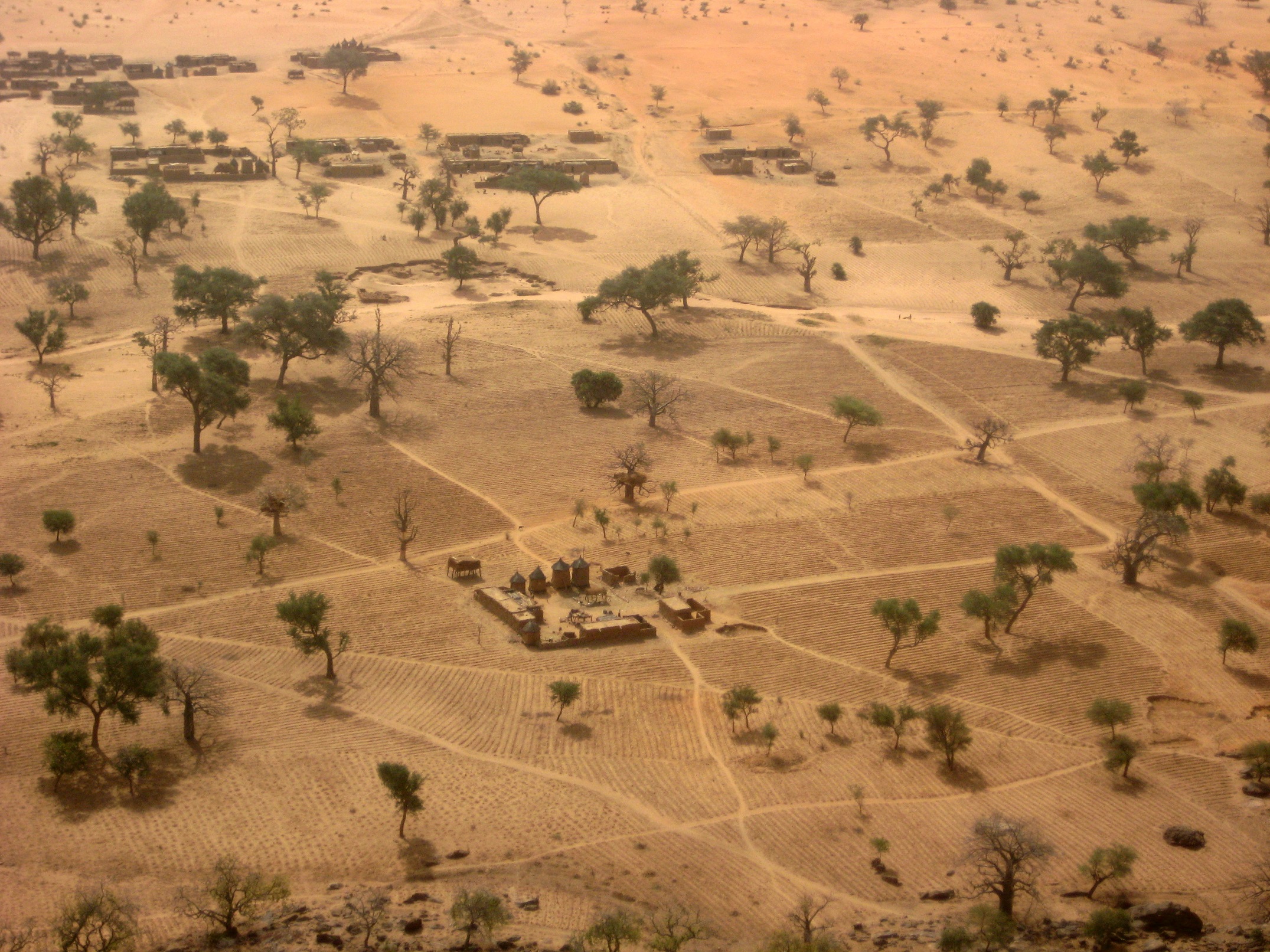
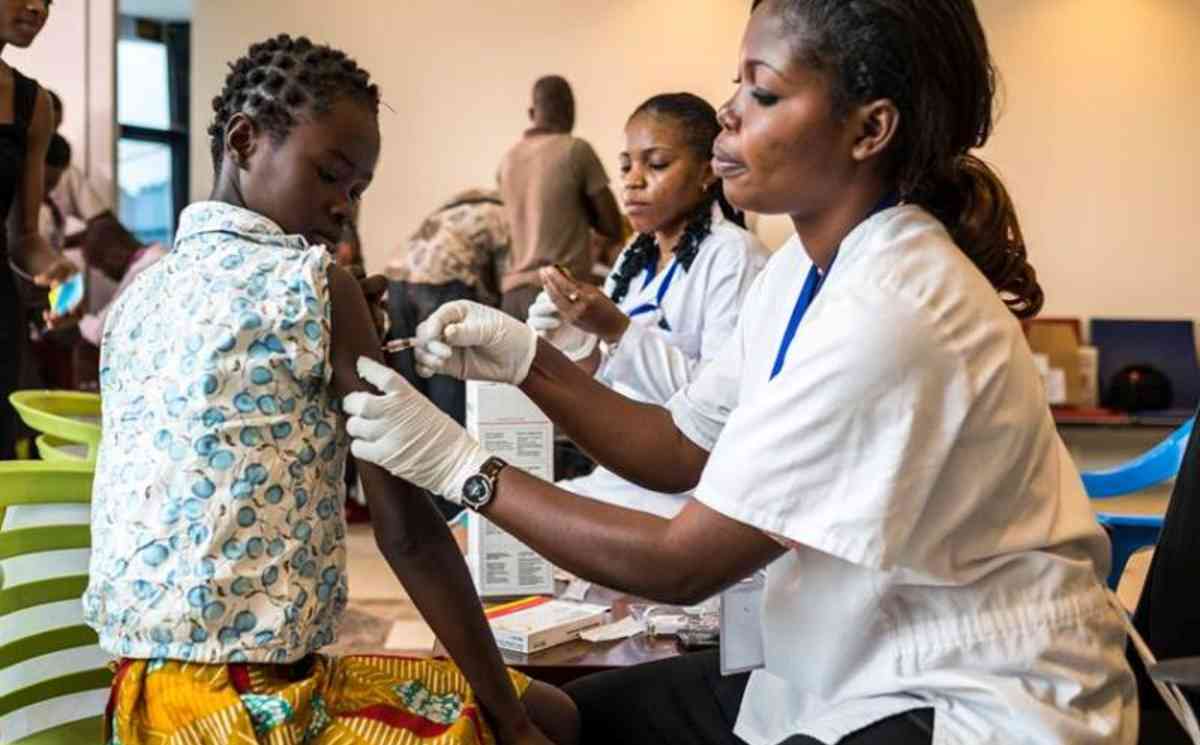
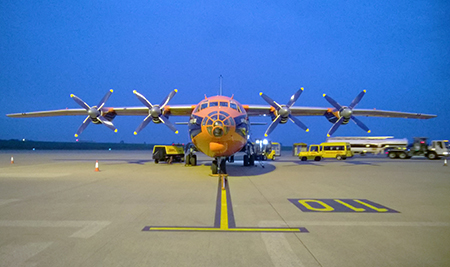
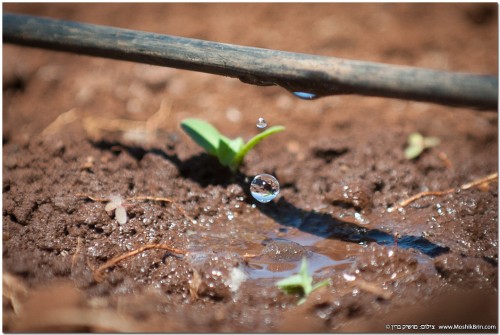




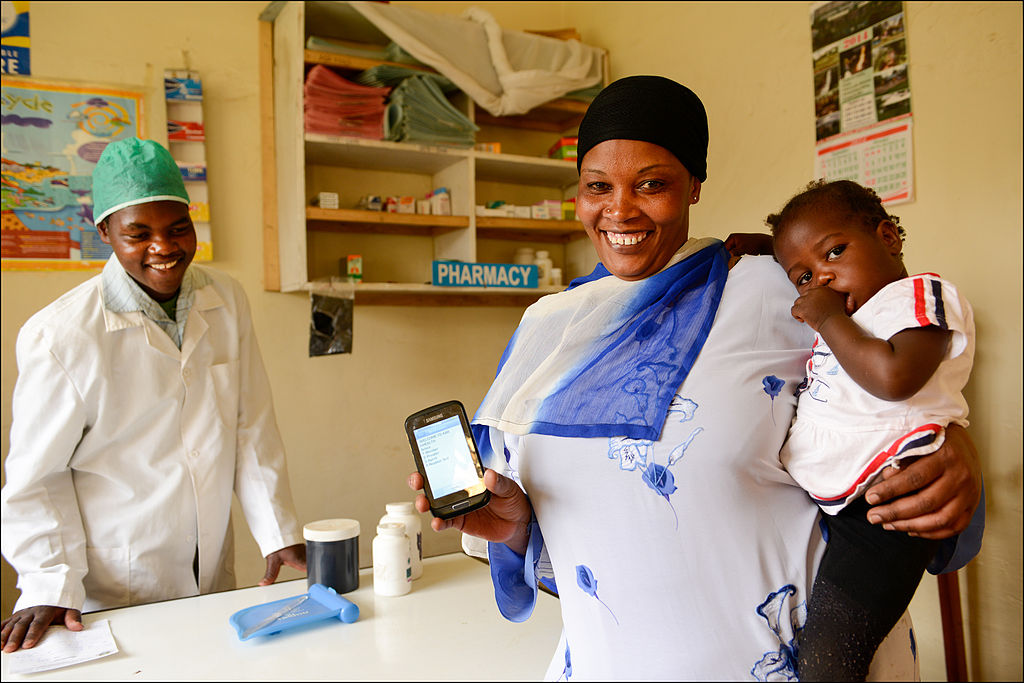
![[infographic] Infrastructure Resilience: Education in sub-Saharan Africa](http://africa.aidforum.org/images/AIDF_Africa_-_Infrastructure_in_Sub_Saharan_Africa_education.jpg)
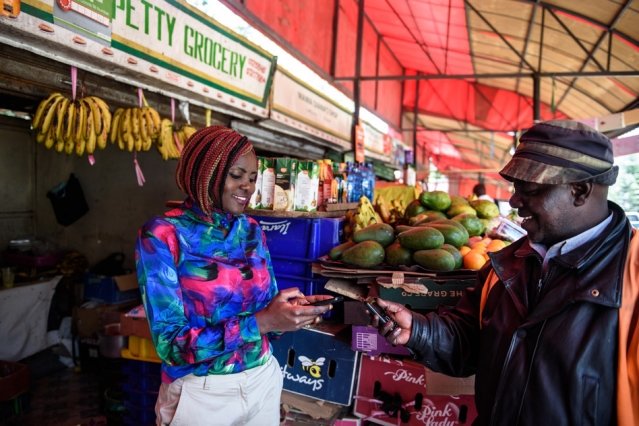
![[infographic] Infrastructure Resilience: Disasters & Development Assistance in sub-Saharan Africa](http://africa.aidforum.org/images/AIDF_Africa_-_Infrastructure_in_Sub_Saharan_Africa_disasters.jpg)